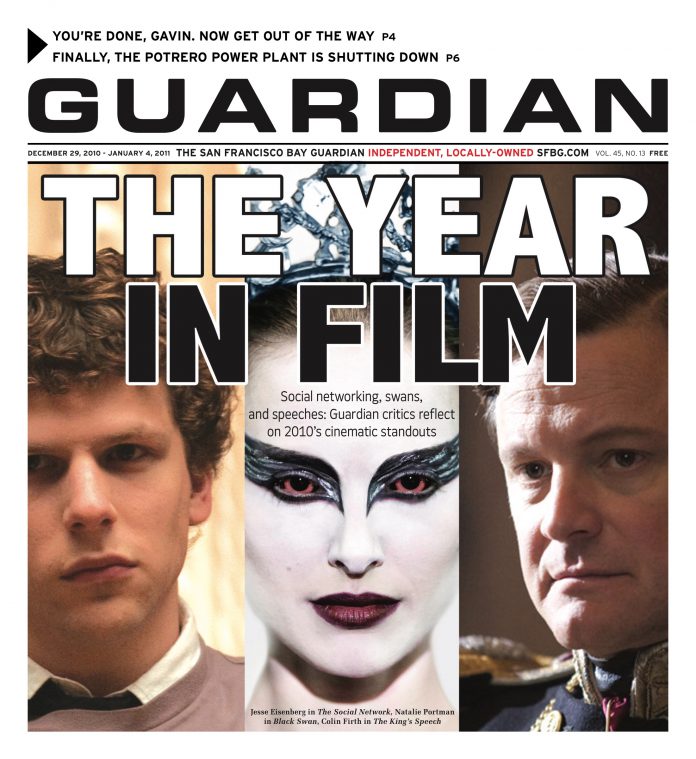Dear Readers:
When our kids were first identified, at four months or so, as a girl and a boy, we were thrilled. We also immediately launched into a series of jokes about always having a control for any sex- or gender-based experiment, which gradually tapered off as the kids developed and/or learned how to express their own essential personalities . Oh, and also, probably, because the jokes weren’t, as jokes go, all that funny.
I was not one bit surprised when the kids began to diverge along traditional gender lines, early on, with Boy being attracted to things that shoot, go ZAP! or explode while Girl put things in other things and carried them around, sorted cards or beads, or played dress-up. This despite few of these objects being purchased for or dangled in front of either child in particular. They just liked what they liked, and still do.
So it comes as no surprise to find me fascinated by this story (widely reported but this version is from Discover magazine’s Web site).
“In Kibale National Park, Uganda, female chimps have taken to carrying sticks around with them. There’s nothing obviously unusual about that — chimps are clever tool-users who use sticks as probes, projectiles and spears. Sonya Kahlenberg and Richard Wrangham … suggest that the stick-carrying chimps are playing at being mothers. It might seem like a farfetched idea, but the duo make their case strongly. These sticks tend to be twice as thick and long as those that they use as probing tools and the chimps often carry them when they aren’t doing very much. Some even hold the sticks while they sleep.
On top of that, females carry sticks more often than males (even though they’re not more likely to use sticks in general). It’s also the young females who carry sticks. Adults only did so if they didn’t have any children of their own. Without any form of teaching from the adults, it’s likely that the youngsters are picking up the behaviour from each other.
Kahlenberg, Wrangham and others have even noted several instances of chimps treating sticks in a motherly way. One (a male) went as far as making a separate nest for his stick. Another (a female) started patting her log while her mother did.”
This is cool, yes? Yet despite whatever such a story has to tell us about the inborn-ness of gender identification, parts that point to culture more than nature are what fascinate. Despite the headlines, it actually isn’t only female chimp-kids doing this. Even more interesting, this isn’t universal young-chimp behavior; it’s only been observed among this one troupe. So the chimp-kids are, apparently, not so much acting out rigid gender roles enforced by their genes as they are passing on culture. We love culture.
Not that I believe for a second that much of our gendered behavior isn’t pretty much hard-wired in. Sure it is. But if chimpanzees can leave room for children to have and express their own individual tastes and desires, so can we.
Love,
Andrea

